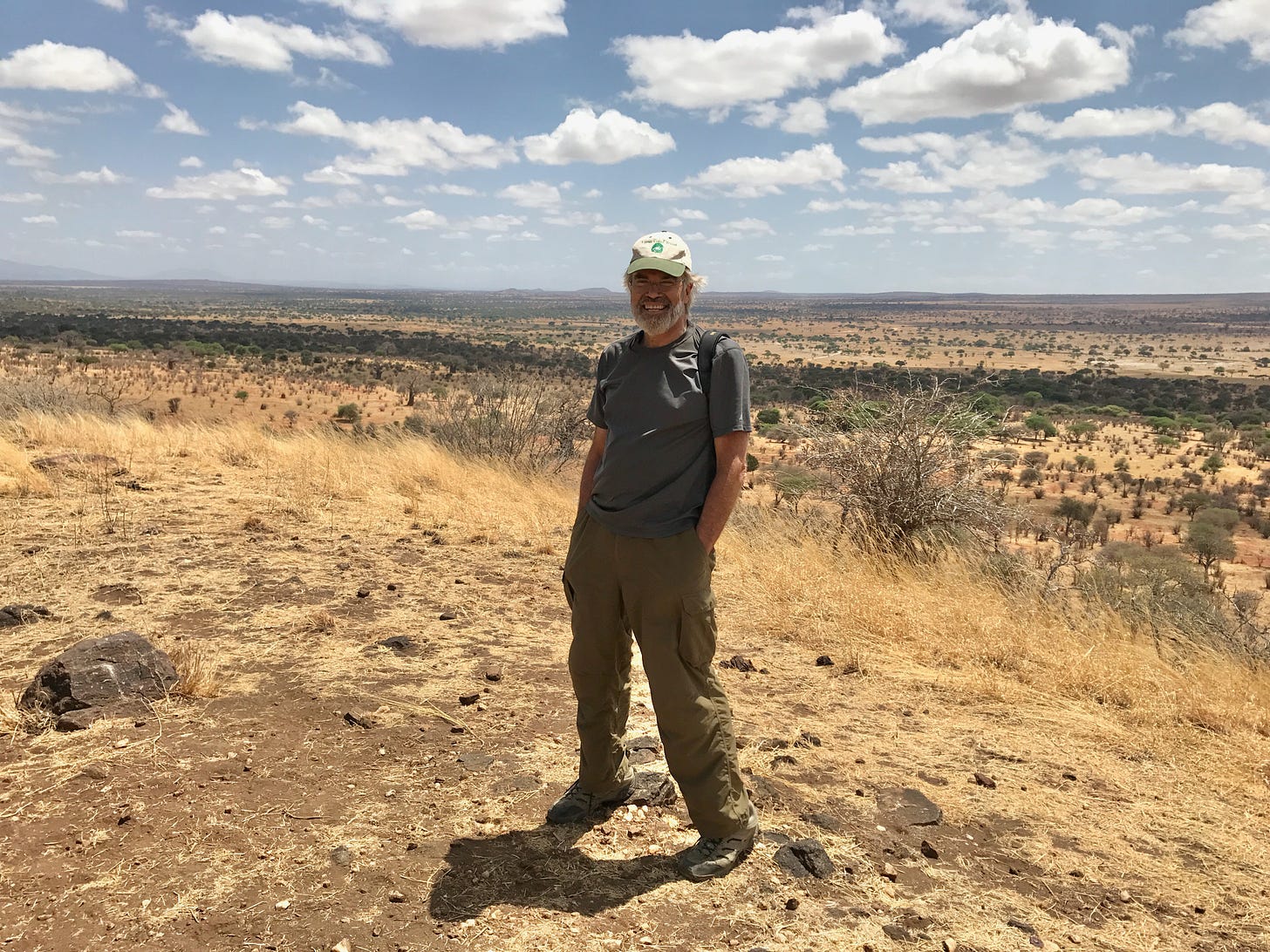My life as a writer about wildlife has often been adventurous, in ways that tend to stop conversations, especially in the context of my ordinary small town life. I was setting up my tent on a tabletop mountain in Suriname, when I discovered a fer-de-lance snake at my feet. So the snake guy collected it and kept it alive. Slept that night with the snake in a plastic bag hanging beside his hammock. Yeah, venomous. Next day, without telling us, he brought the snake onto the helicopter in an open 5-gallon bucket and …
I have lived this way because I found out while still in my 20s that I enjoy writing about wildlife. That generally meant finding a way to see various creatures in their habitat, where I could dig deep into the nuances of behavior and ecology. I found that I also enjoyed writing about the people along the way. We had just gotten into the tankful of piranhas when the piranha guy turned to me and said …
Happily, this was at time when print magazines were still thriving and could afford to send me to far-flung places to write about what I saw, smelled, and heard there. Magazine budgets are of course much thinner these days. Many of the magazines no longer exist. But the fascination with wildlife, and the urge to make it clear, accurate, and entertaining for both lay readers and scientists has stayed with me.
I have also lived this way because of the kind of books I read as a child, which tended to adventure more than science: Treasure Island and Kidnapped by Robert Louis Stevenson, Sea Wolf and Call of the Wild by Jack London, Robinson Crusoe by Daniel Defoe, The Fatal Impact by Alan Moorehead, and above all, Life on the Mississippi by Mark Twain.
When I was just starting out, a magazine sent me to Jersey in the Channel Islands to interview Gerald Durrell, the zookeeper and pioneer in the captive breeding of endangered species. Durrell was the author of one of my favorite books, My Family and Other Animals, the classic account of his obsession with wildlife while growing up in an eccentric British family on the Mediterranean island of Corfu.
The interview started at 10 a.m., with tumblers of whiskey the size of swimming pools, and Durrell waxing romantic on being reincarnated as a fur seal: “One would swim a thousand miles to marry a female fur seal! They look as if they’ve been made out of molten gold.” In person and in print, Durrell reminded me that it’s possible to write about the natural word and also have fun, and that part of the fun comes from exploring the connection between people and animals.
So that’s what I aim to do here. At the start, I’ll post one story a week, on a Thursday or Friday. Fair warning, I may sometimes veer off in odd directions, like the time an editor asked me to write a piece about demolition derbies and much later, when I had full committed myself to the research, also suggested that I drive in a demolition derby myself. So I got home the next day and my wife told me that it had been our wedding anniversary. “Oh, geez,” I said. “Well, but I painted your name on the car …”
I can promise readers (and my wife) that there are no more demolition derbies in the works. There may still be odd digressions here and there. Mostly, though, I will be writing about the natural world, and I hope you will join me for the ride.




